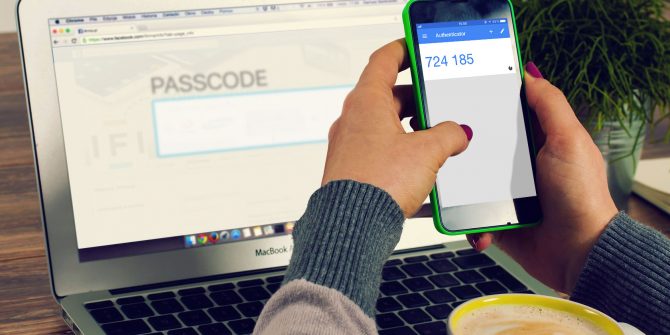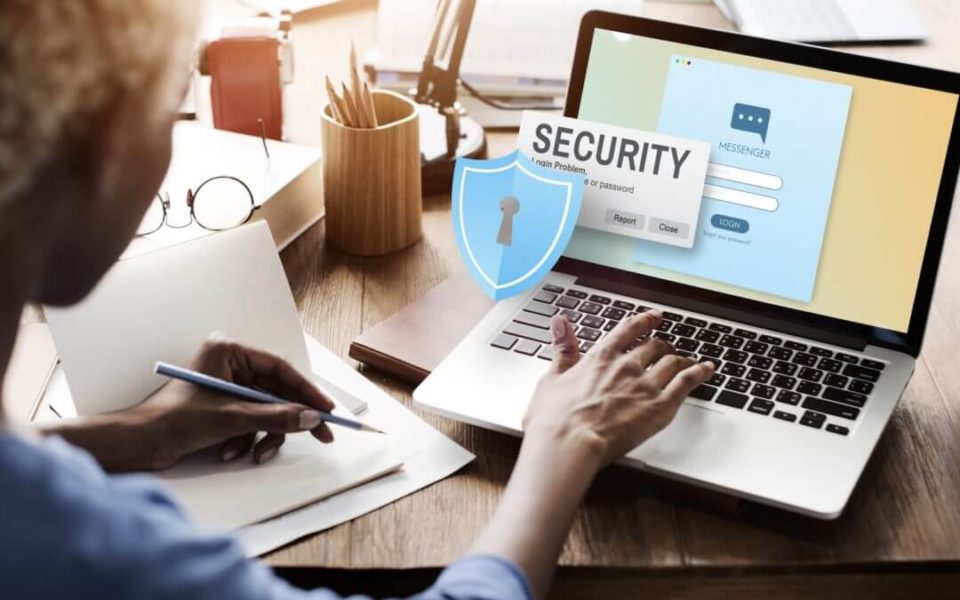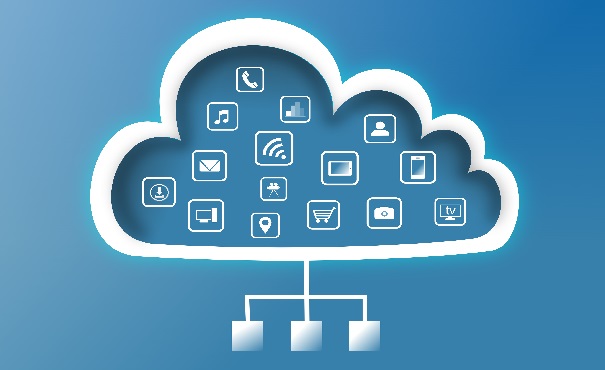
Using the power of IT is one of the surest ways to enhance your productivity. But there’s a good chance that there’s still room for improvement.
It’s likely that IT already has a major presence in your organization. You may even feel as though you’re already operating at a high level. And, no doubt, you are. But technology advances at a rapid pace. And it’s plentiful. Therefore, it’s very easy to miss a new product or a new tip. However, it’s these missed opportunities which could give you a competitive edge. And that’s what every business strives for.
How to Improve Your IT Efficiency
It’s important to have a strategy in every aspect of your organization. And IT is no different. In fact, the demands of modern business make it a priority. So, to help you maximize your IT operations, we’re going to share 5 ways to improve your IT efficiency:
- Employee Training: As we’ve already touched upon, technology advances quickly. And it’s this progressive nature which can leave employees trailing behind. As a result, your productivity can take a major knock. But it doesn’t have to be like this. Your employees are your most valuable asset, so you need to respect this. And the best way to achieve this is with regular IT training. Work with them to identify any relevant gaps in knowledge and then arrange group training.
- Improve Communication: Time is money in the world of business, so it’s critical that you make savings where possible. And IT is the master of time-saving solutions, particularly when it comes to communication. One of the simplest ways to improve IT efficiency is by adopting an internal communication platform. These platforms, which include Skype and Google Hangouts, allow employees to chat, share documents and collaborate. And all without leaving their desks.
- Enhance Your Security: It’s always important to value security in the world of IT, but not enough organizations take it seriously. And this puts them at risk of significant threats such as ransomware and data breaches. This is why it’s crucial that you enhance your security. Simple steps such as increasing the strength of passwords and securing your hardware can improve your security no end.
- Embrace Remote Working: The rise of remote working has been swift and has redefined the workplace. Employees who are not based in the office, such as salesman, can now connect with your IT systems from anywhere in the world. It’s one of the simplest ways to maximize your IT productivity. All your workers need is an internet connection. So, make sure that you establish a remote working policy which fits in with your existing IT systems.
- Keep Up to Date: Not every development in the world of IT will be of interest to your organization. But it’s important that you keep up to date with the many changes taking place. It’s possible that even a slight development in a specific area, such as data storage, could make a difference to your IT operations. Thankfully, it’s not difficult to achieve this. Just make sure that you bookmark several IT news sites and regularly check the headlines.
For more ways to secure and optimize your business technology, contact your local IT professionals.
Read More













